Folklore customs as well as generational practices for healing, heartbreak, and dealings with the mystical still abound. However, oral tradition of teaching family wisdom is dwindling, and family “books” for many have been reduced to genealogy charts and possibly a Bible in which obituaries or birth announcements are stuffed.
Craft Column: Porcupine Glasses Case
I don’t know about you, but I am constantly misplacing my sunglasses in my bag. I eventually find them, and inevitably the lenses are scratched. I’m determined not to let this happen this summer, so I made a cute little glasses case to help protect them. I made this case on my machine, but you could hand sew it as well.
Growing Green Indoors All Winter
As the days shorten and the gardens are put to bed, I find I not only miss fresh greens, I miss puttering in my garden and watching my food grow. So, for several years, I’ve been experimenting with ways to grow meaningful amounts of vegetables indoors.
Kids Can Cook, Too! And Why They Should…
Cooking isn’t just about whipping up tasty treats (although that’s definitely a big part of the fun). Empowering and nurturing children’s culinary skills extends far beyond the kitchen. It’s a fantastic adventure where kids explore, create, and learn skills that will stick with them for life. Think of it as a mix of delicious experiments and add a sprinkle of essential life lessons on top. From crafting scrumptious snacks to understanding the fuel that keeps us going, kids learn the importance of nutrition, gain confidence, and feel accomplished. In today’s fast-paced world, introducing kids to the wonders of cooking is an invaluable gift, offering them a foundation for a lifetime of healthy eating habits and a deeper appreciation for the culinary arts.
Cooking with Lisa: Cozy Soups for Fall
As the crisp autumn air sets in, it’s the perfect time to indulge in comforting and nourishing fall soups. From hearty stews to creamy bisques, these seasonal delights capture the essence of fall flavors and warm our souls. Here are two easy and delicious fall soup recipes that use seasonal ingredients and will keep you cozy and satisfied throughout the season.
Fall Produce Preservation and Meal Prep
It’s the perfect time to preserve the abundance of the local harvest—and make meal prep a snap all through the winter! If you’ve only used your dehydrator to make apple rings and kale chips, get ready to fall in love with dehydrating some new vegetables and learn how to use them to make fast, nutritious meals.
Hygge-- Create a Cozy Winter
Hygge, pronounced “hoo-gah,” is a Danish word that can most readily be described as a sort of coziness, although it’s more than that. It also comes from the word hugga, which is related to the word hug and means to comfort and console. So, it’s little surprise that it’s what keeps the Danes the happiest people on the planet even though they endure frigid winters with little daylight. Sunrise in a Copenhagen winter can be as late as 9:00 am while sunset can arrive not long after by 3:30 p.m.
Green Living: Now is a Great Time to Plan Your Rain Garden
By Serena Dobson
Rain is probably far from your mind this winter. It’s more likely you’re stressing over snow—the mornings you’ll spend plowing your driveway and the salt you’ll inevitably be tracking into the house. But even though drizzly spring days seem a world away, the winter months are the perfect time to start thinking about planting a rain garden.
Stormwater runoff is a major issue facing the health of waterways all over the world. On impervious surfaces like paved roads, sidewalks, and roofs, rainfall flows unimpeded, collecting pollutants like pesticides and animal waste as well as litter like cigarette butts and plastic. This contaminated water makes its way into storm drains, where it enters our sewer system, or might even flow directly into rivers and stream, where it threatens flora and fauna.
Rain gardens were developed as a way to mitigate this problem. Consisting of vegetation planted within a shallow depression in the ground, they collect, absorb, and filter water that would otherwise run freely through urban areas. Washtenaw County residents are lucky to have a robust rain garden program, run through Washtenaw County Water Resources. The County offers a Master Rain Gardener Course that gives participants the opportunity to gain all the knowledge needed to construct and plant their own rain garden. The prerecorded course and necessary materials are available on their website, along with other helpful resources.
By studying up over the winter and making important decisions about your garden ahead of time—such as location, design, and what plants to use—you’ll feel much more prepared when it comes time to plant. Most sources recommend planting your rain garden at least 15 feet away from any buildings to keep water from pooling around and damaging structural foundations. Utilities like wells and septic tanks will need to be considered, too. As far as location goes, one option is to stake out an area near roof gutters or downspouts but still distant enough from your home that there’s no risk of damage while another is to position the garden further down your yard so that it collects runoff from the lawn as well as from the downspouts. Wherever you place it, your rain garden will need to be downhill from the channel that will be directing the water and situated on flat or slightly sloped ground.
The Master Rain Gardener Handbook suggests making your rain garden be “four to six inches deep and 20–30% the size of the impervious surfaces.” Though you won’t need to start digging until the spring, it’s good to figure out and troubleshoot these measurements ahead of time. Once you know how big your garden should be, you can experiment with different shapes—like a crescent, teardrop, or other organic form—settling on one that complements the existing features of your yard. Don’t be afraid to sketch it out! Putting your ideas on paper is the best way to visualize your garden-to-be.
What native Michigan plants you choose should be dependent on how much sun your garden will be getting. Purple coneflower is perfect for full sun, while wild geranium prefers things to be partly sunny. Plants like fox sedge and black-eyed Susan can thrive in either situation. You might also keep in mind the kinds of pollinators you most want to attract. A garden filled with bee balm and rose mallow would be hummingbird heaven!
Leslie Science & Nature Center (LSNC) will be incorporating a rain garden into the design of their our developing Nature Playscape with their upcoming water play installation in 2023. Using pumps along the perimeter of the water play area, visitors will be able to manipulate a flow of water that will run downhill, feeding a rain garden populated with native flowers, grasses, and shrubs. They will design pumps for ease of use, ensuring that visitors of varying physical abilities can enjoy the feature equally. The rain garden will be staggered down the hill and fed underground by runoff from the water play area. Our water feature will provide an opportunity to educate visitors about informed water usage and the role that rain gardens can play in a healthy urban ecosystem.
By using mindful landscaping techniques like rain gardens, the center can positively contribute to the health and beauty of the local watershed. Rachel Carson wrote in Silent Spring that water must be thought of “in terms of the chains of life it supports.” As you begin to plan your rain garden, consider how this choice will impact all the life around you—your family and neighbors, your pets, the songbirds nesting in your backyard, and the trees in your favorite park. From the smallest insect to the tallest sycamore, we all depend on clean water to thrive, and we as humans have the power to make a beneficial and lasting contribution to our environment.
List of resources:
Rain Gardens: Sustainable Landscaping for a Beautiful Yard and a Healthy World by Lynn M. Steiner and Robert W. Domm
Creating Rain Gardens: Capturing the Rain for Your Own Water-Efficient Garden by Cleo Woelfle-Erskine and Apryl Uncapher
Let’s Build a Rain Garden by Sally Wenczel (children’s book)
Water Resources Washtenaw County: Rain Gardens: washtenaw.org/647/Rain-Gardens
Water Resources Washtenaw County: Master Rain Gardener Class washtenaw.org/675/Master-Rain-Gardener-Class
Huron River Watershed Council: Rain Gardens in Our Watershed: hrwc.org/rain-gardens-in-our-watershed/
Serena Dobson is the Development & Administrative Assistant at the Leslie Science & Nature Center and Ann Arbor Hands-On Museum and holds an MFA in creative writing from the University of Michigan. She loves to hike and birdwatch all over Washtenaw County.
Related Content:
Cooking with Lisa
Lisa Viger Gotte is a Chelsea resident passionate about plant-based cuisine and loves showing others how simple, delicious, healthy, and joyful it can be. A vegan diet improved her own physical, mental, emotional, and spiritual health and she’s seen it do the same in others! She is also an artist, cookbook author, MSVA Vegan Life Coach, and RYT 200 yoga teacher. You can learn more about her and find more tasty recipes at planted365.com.
Scratch That! Tips for Cooking Real Meals at Home
Want some good news about the pandemic? Apparently, it’s finally gotten us to cook from scratch and eat at home more often.
Book Review: It Doesn't Have to be Perfect to be Beautiful by Myquillyn Smith
By Catherine Carlson
t’s 2022, a brand-new year! You think: This is it. This is the year I’m going to decorate my house beautifully. I’m going to complete that home project I’ve had on my mind. I’m going to make everything exactly how I’ve been envisioning it. The season is in your favor after all. It’s the dead of winter so you’ve got time to work on the inside. Yet, in the back of your mind there’s that other thought: Can I really do it? Will I? Few things are more loaded with potential or expectations than a new year.
According to Myquellin Smith, Author of The Nesting Place, It Doesn’t Have to Be Perfect to Be Beautiful. You don’t have to put in as much sweat, tears, or dollars, as you may think to make your home beautiful, and you certainly don’t have to wait until the calendar changes. Smith is a self-taught home decorating expert and coach with an Instagram following and a website featuring an online community, classes, and events. The Nesting Place is a guide for anybody who’s ever felt their desires were out of proportion to their budget, anyone who is too scared of making an imperfect purchase, or too afraid to begin. It’s for anyone who’s ever thought their home wasn’t good enough because it didn’t look like pictures in magazines, books, or on decorating sites.
Beginning with the first house she and her husband lived in as a newly married couple, Myquillyn has lived in a total of thirteen homes. Gradually the homes grew to contain the additions of three children and a dog. It was her attempts to create beauty in each dwelling that helped her learn how to do it. She’s done it all and made plenty of mistakes—from painting kitchen countertops in a rental property to shocking herself while rewiring a lamp. Along the way she developed impressive creative skills and reframed what constitutes a beautiful home. Her techniques are meant to be applied to a variety of homes because she’s lived in all kinds of spaces—apartments, condos, houses and even a garage. A few of these homes were purchased but many were rentals. She is a strong advocate for renting and currently lives in a rented house. Even in the least ideal home, Smith always found a way to make her love the space more.
The book addresses all the places we tend to get hung-up when it comes to our homes. Fear may be stopping you from a big project—but can also affect the smaller ones—such as moving a chair or making the dreaded nail hole. Then, there are the other people whose opinions lead you to feel guilty about your idea to paint the table that’s sitting in your garage...such as your dad, who says painting over good wood is a sin. And, of course, we all have excuses, whether it’s not enough money or becoming deer-in-the-headlamps frozen because we can’t make a decision. Making a small change can seem risky, but it could always lead to something better. There is no one right way to do something.
There are some guidelines (not rules!) as to how to begin. One technique is to “quiet a room” which involves removing anything you can carry that isn’t a large or fixed item. Once you are only looking at a sofa, window treatments and lamps, for example, you can see your space better and it may reveal a hidden gem you had forgotten about. There are plenty of money saving ideas, too, such as using items found in nature or shopping your home—pretend you are in a store where everything is free, what (that you already have) would you choose?
According to Smith, if you are seeking perfection, in your home (or elsewhere), you have two choices. You can either work hard to achieve it, or give up! She has chosen the latter and generously shares her “flaws.” Several photos of her home, in the book, have not been tidied up. There’s a coffee table covered in books and a laptop hidden among them. She shares a picture that was taken for Ladies Home Journal of her office, appearing neat and staged, next to a picture of the same office after the photo shoot was completed. The after photo has drawers open, papers all over the desk and looks like someone actually works in that space. Your lived-in home on display for everyone to see is still beautiful. She says, “I don’t share it because it’s perfect: I share it because I’m finally okay that it’s not.” She includes an Imperfectionist Manifesto at the end of the book.
Finally, here’s an enjoyable and realistic book for all the Pinterest-weary among us. One that gives you permission to accept the imperfections of your living space. Instead of being restricting and unachievable, the information in The Nesting Place, is forgiving and completely within reach. There is no need to post of a photo of your “doesn’t-quite-fit” homemade slipcover along with a shamefully sarcastic “Nailed it!” There’s nothing to be disappointed about. Making your home the way you want it someday can be right now if you are open to the possibility.
Related Articles:
Green Living: Putting Our Yards to Bed For Winter
Over the past six months, we’ve witnessed the transformation from last winter’s dormancy into a lush and verdant summer. We’ve been enjoying the fruits of Nature’s labors—beauty, food, and shade from flowers, vegetables, and trees. Now is the time in our cycle when all this foliar production returns to earth. What has increased must decrease. For leafy life to begin anew next spring, all this green must become brown and nourish the soil.
Hand Crafting: Samhain Cauldron Hot Pad
Bring a little whimsy to your holiday table with this cute hot pad for your special Samhain dishes. Easy to make with wool felt, a few hand-stitches, and a warm iron.
East Close to Home
Since 1999, during the month of November, people across the globe have participated in the National Novel Writing Month (NaNoWriMo), attempting to write a 50,000-word novel in just 30 days. Many popular authors have gotten their start with NaNoWriMo. In 2008, some of Emily Springfield’s friends were among those who had taken up this, and other, month-long challenges. But, Springfield didn’t want to write a novel. As she told me, “I decided that since food and gardening were my passion, I would institute ‘NaLoFooMo’—National Local Food Month—and write about local food each day of November.”
Green Living: More Than the Three R’s: Refuse, Reduce, Reuse, Recycle… Rot
When thinking about ways to be more sustainable, recycling is often the first option that comes to mind. Sustainability is often presented to us in the neat and tidy rule of three: Reduce, Reuse, Recycle. However, recycling should actually be viewed more as a last-ditch effort since most materials can only be recycled a few times before hitting the landfill. Instead, the focus needs to be centered around the Five R’s: Refuse unsustainable products, Reduce the amount of resources you consume, Reuse or repurpose what you can, and Recycle anything possible before jumping directly to your trash can as the easiest method of disposal.
Handcrafting: Star Gazing Gnome Coasters
Warm up your gloomy winter days with these woodsy gnome coasters. I used both woven wool scraps and wool felt to create these whimsical little guys. Wool is a great material to absorb the water from a sweaty glass or protect your table from a hot mug. Using a hot steamy iron you can get the wool to lay nearly flat, so it’s a nice even surface for your glass to sit on, too. This is an easy no-sew project, but can also be embellished using a blanket stitch. Best of all, each gnome you make will be unique. Happy creating!
One Step Toward Zero Waste
There was genuine shock on my face when my youngest sister, at just 11-years-old, accompanied me to a Starbucks on a weekend visit and very firmly told the barista that no, thank you, she did not need a straw. She had brought her own. My shock continued as she reached into her purse and pulled out a reusable metal straw. After she finished her drink, she then lovingly washed it out and put it away before we continued with our day. I’d like to say I taught her that, but unfortunately this is one I can’t take credit for. She informed me it was a trend among children her age right now, all of them buying reusable straws with the rallying cry of “save the turtles.”
True Colors: Growing and Creating Local Color with Colorwheel
Color matters. Nature uses color to attract a mate, warn of danger, lure food, and to signal hormone changes. Skin is limited in its color, so our clothing does most of the signaling for us. Mood, emotion, personality, confidence—all of this is cued through color. What colors to wear to an interview? What colors to wear on a first date? What colors to wear to an evening professional event? Neutrals with a touch of color connote professionalism and reliability, but wearing bright color is more eye-catching when out in the evening. Cultural context can change the meaning of color, but it doesn’t change the pattern of using color to communicate.
Fall Craft: Handmade Wool Dryer Balls
Wool dryer balls are a great alternative to chemical laden dryer sheets and fabric softener. They bounce around in the dryer with your load of laundry, helping to circulate air, which makes your clothes dry faster, reducing the time needed to run your machine. Of course, they work best with small to medium size loads because they need room to move around, but they will help with static cling and soften your clothes, all without the use of chemicals. Energy saving, money saving, and eco-friendly? Who could ask for more?
Building with Natural Materials in the Mitten State
My relationship with natural building started in 1996 when I took a 3-week course from the Cob Cottage Company on the West coast. It was a life-shaping experience in living and building with others, filled with the use of natural materials harvested from the land, food from the garden, bread from the earth oven, evening music, and camping. I came back to Michigan with the advice of my teacher, Ianto, to build with strawbales in this cold climate. I met up with Fran Lee who lived on rural land outside Oxford with her brother and sister-in-law, and together we set out to create a structure that feels like a hug. Inspired by the books Places for the Soul by Christopher Day and Pattern Language by Christopher Alexander, we set out on a journey that came to include Carolyn Koch, Gregie Mathews, volunteers, and experts as we practiced the ways of stone, wood, reed, straw bale, and earth. Strawbale Studio became the work of many hands and a labor of love created with much time and perseverance. A small building is a good place to start!











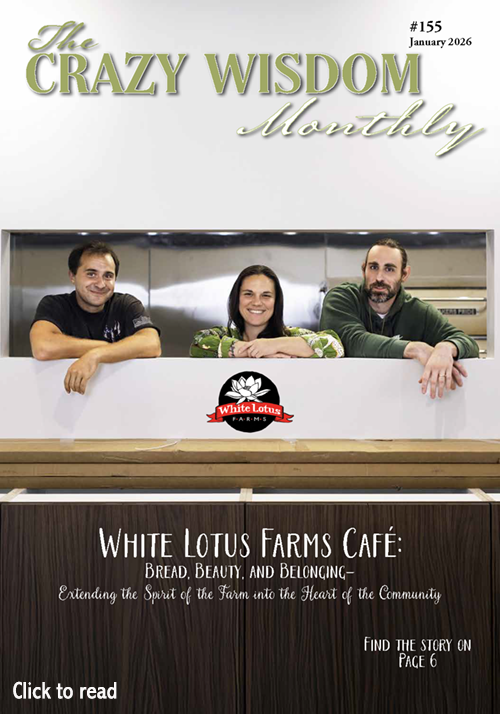
















































































































































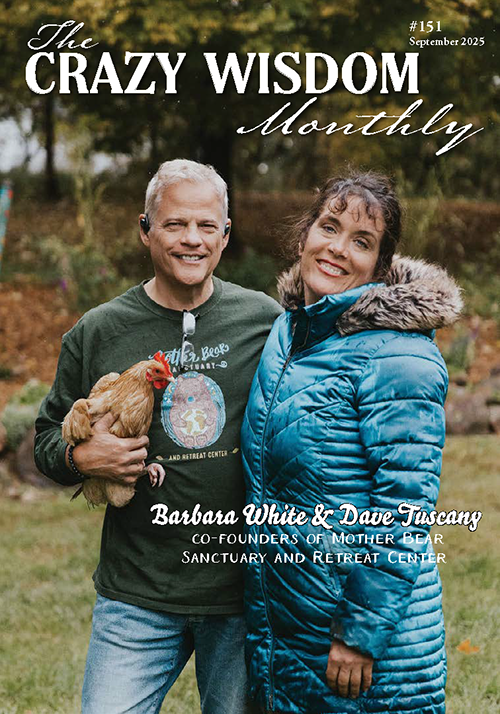
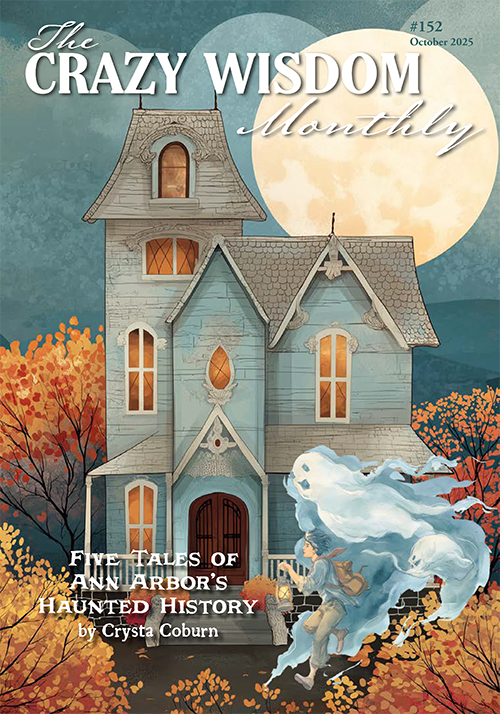
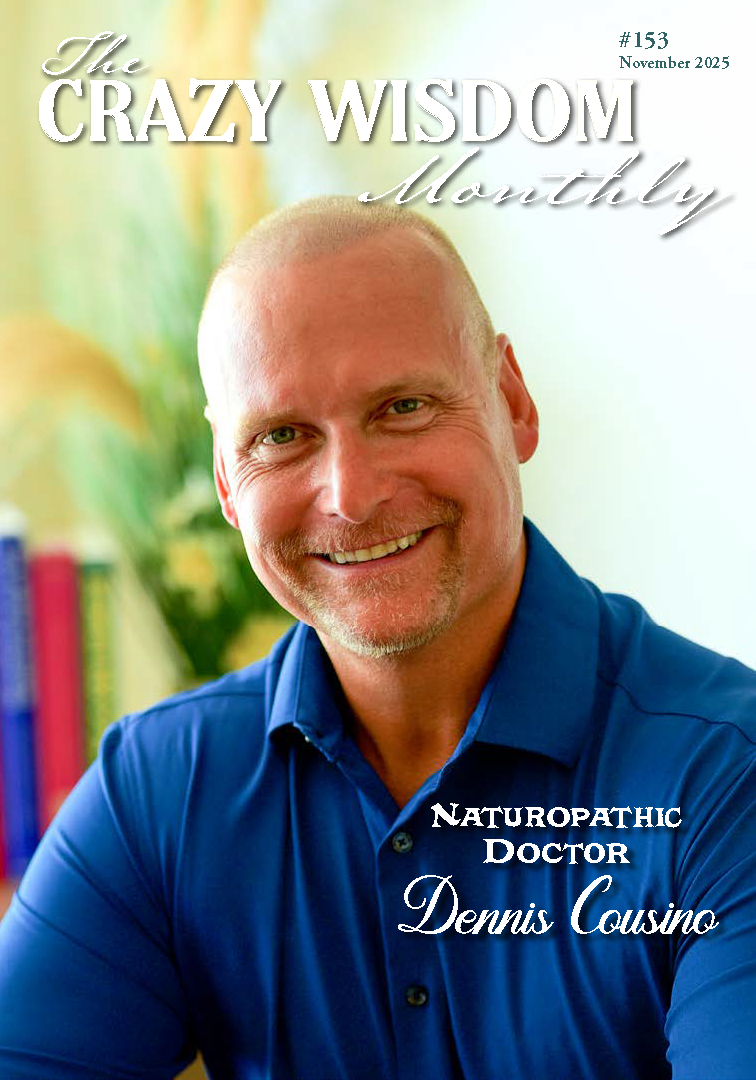
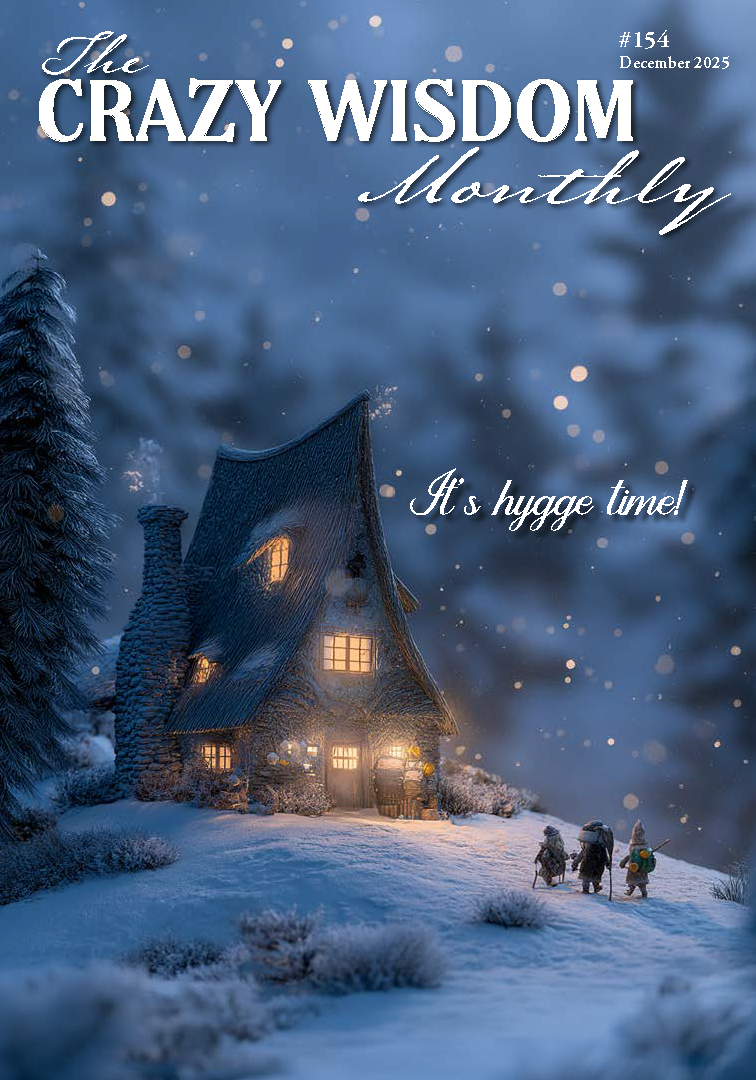










































During the spring and summer there is always a lot of buzz around pollinators, their habitats, and how to support them. But did you know you can continue to support your backyard friends in the fall and winter as well? Through a few simple steps you can continue to provide for your local pollinators as the weather turns cold. By offering them housing during the snowy winter months you can guarantee they’ll return to your gardens the following year. It’s a win for everyone!